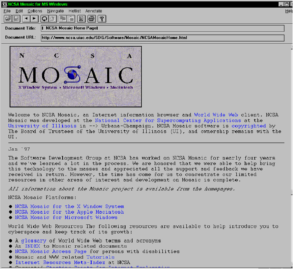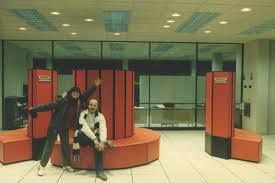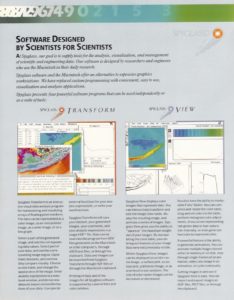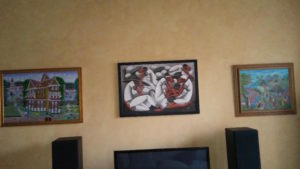Mondays with Mike: Wait’ll next year
October 29, 2018 • 10 Comments • Posted in baseball, Mike Knezovich, Mondays with MikeLast night when the L.A. Dodgers’ Manny Machado swung and missed so awkwardly at a wicked Chris Sale pitch that he fell down, the Major League Baseball season came to a close. The Red Sox won, which at this point is getting kind of old (my Cardinals fan friend calls Red Sox fans “professional Irishmen”). Nonetheless, I generally root for the American League, and seeing Sale—who labored with mostly bad teams for years with my White Sox—close out the championship was pretty cool.
Unless the White Sox are in the playoffs (an infrequent occurrence), around this time of the year I pick an alternate horse. Sometimes it’s a team/fan base that I least dislike. This year it was fun: I took the Brewers and Astros. The Brewers had a really entertaining team, a smart young manager, and the best radio announcer—Bob Uecker—in the business. He’s funny, yes, but he calls a damn good game, too. And thanks to a little App on our phones (MLB AtBat) Beth and I could listen to him call all the Brewers games.
As far as the Astros, well I can’t help it—we’ve written before about our friend Kevin who works in their front office. I just love seeing him in selfies with players like Alex Bregman after a clinching game. I also wanted the Astros to be the first team to repeat in forever.
Alas.
If you grew up in Chicago on either side of town, you have to learn to savor the World Series regardless of whether your team is in it or not. (In some ways, it’s a lot more pleasant; it’s certainly less stressful.) There’s always some regular guy that plays out of his mind. And games that are incredible for one reason or another. This year, that guy was a journeyman player named Steve Pearce and that game was the insane two-games-in-one 18-inning marathon.
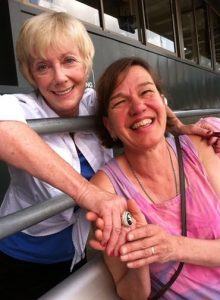
Our pal Nancy Faust will be back behind the organ for a spring training game in 2019.
I also like this time of year because of the anniversaries of the 2005 World Series—the four games my White Sox took from the Astros when Houston was still in the National League. That 18-inning Red Sox-Dodgers game brought to mind a gut-wrenching, 14-inning game the White Sox won. There was much shouting at the TV, and ultimately, screams of joy in the wee hours. (I did not make it to the end of the 18-inning affair this year.)
Speaking of the White Sox, Beth and I saw our friends Nancy Faust, her husband Joe, their son Eric and his girlfriend last week. We caught up, got some great stories about Old Comiskey, past players, Haray Caray—and we had a lot of laughs. They are all delightful people and I thank my lucky stars that, thanks to Beth and her writing, they are our friends.
Still, I always get a little melancholy when that last out of the World Series is made. It’s probably silly to care so much about a game, but hey, it’s my silly. And there’s this: Nancy told us that she’ll be playing the organ for the Cubs-Sox spring training matchup at the Sox spring ballpark.
You know, I went to spring training once when the Sox were in Florida. But I haven’t been to Arizona yet….
